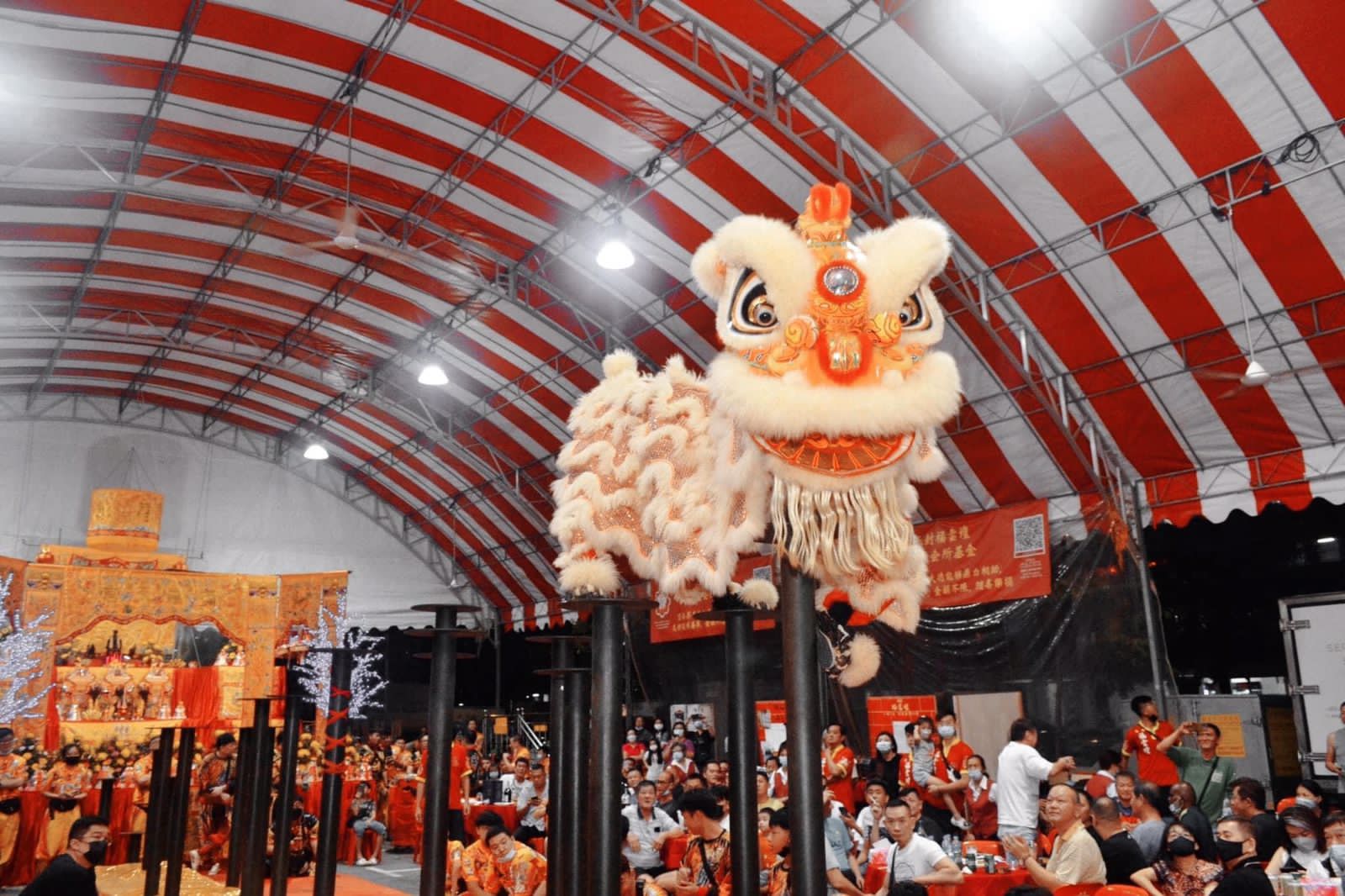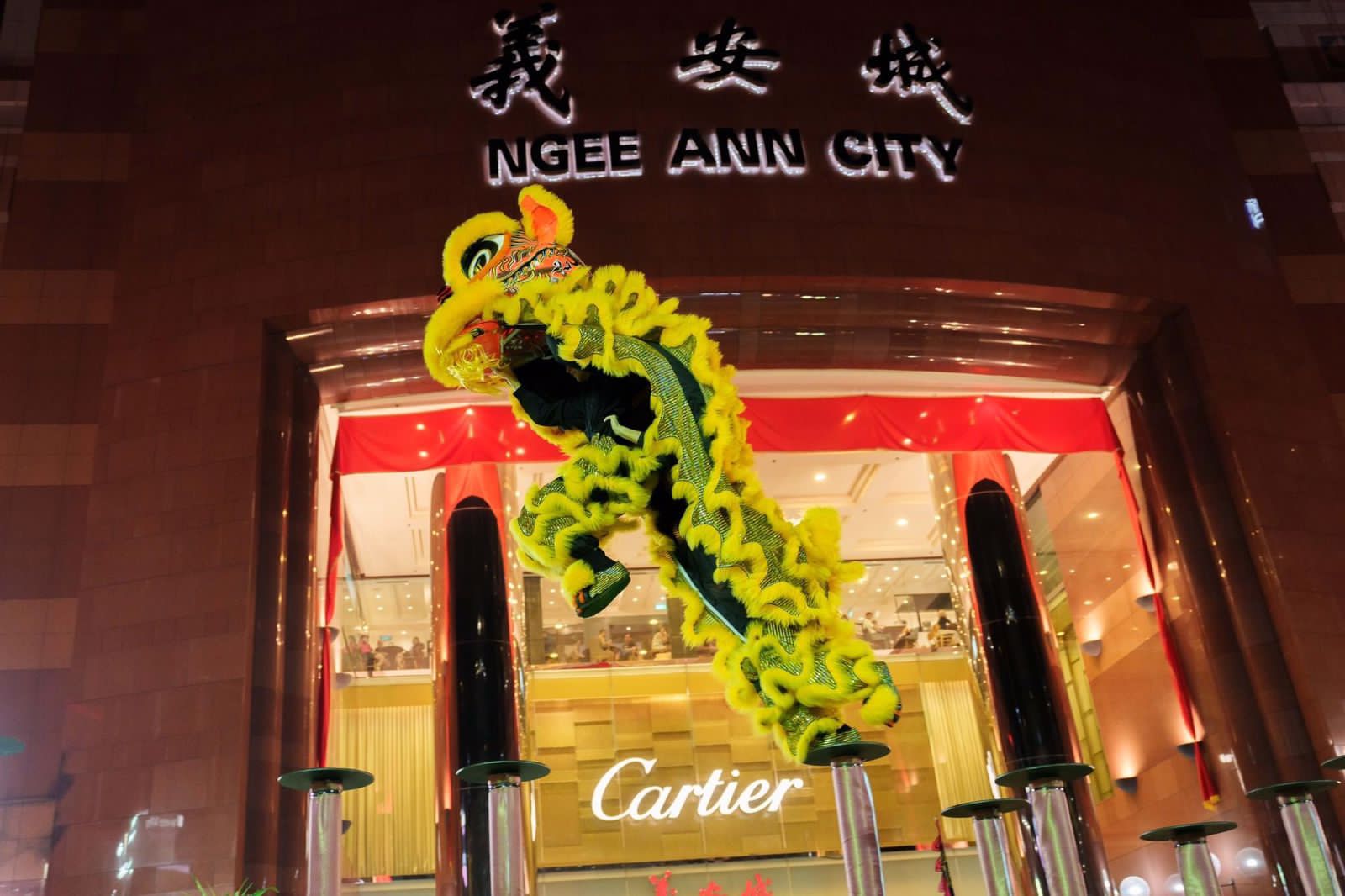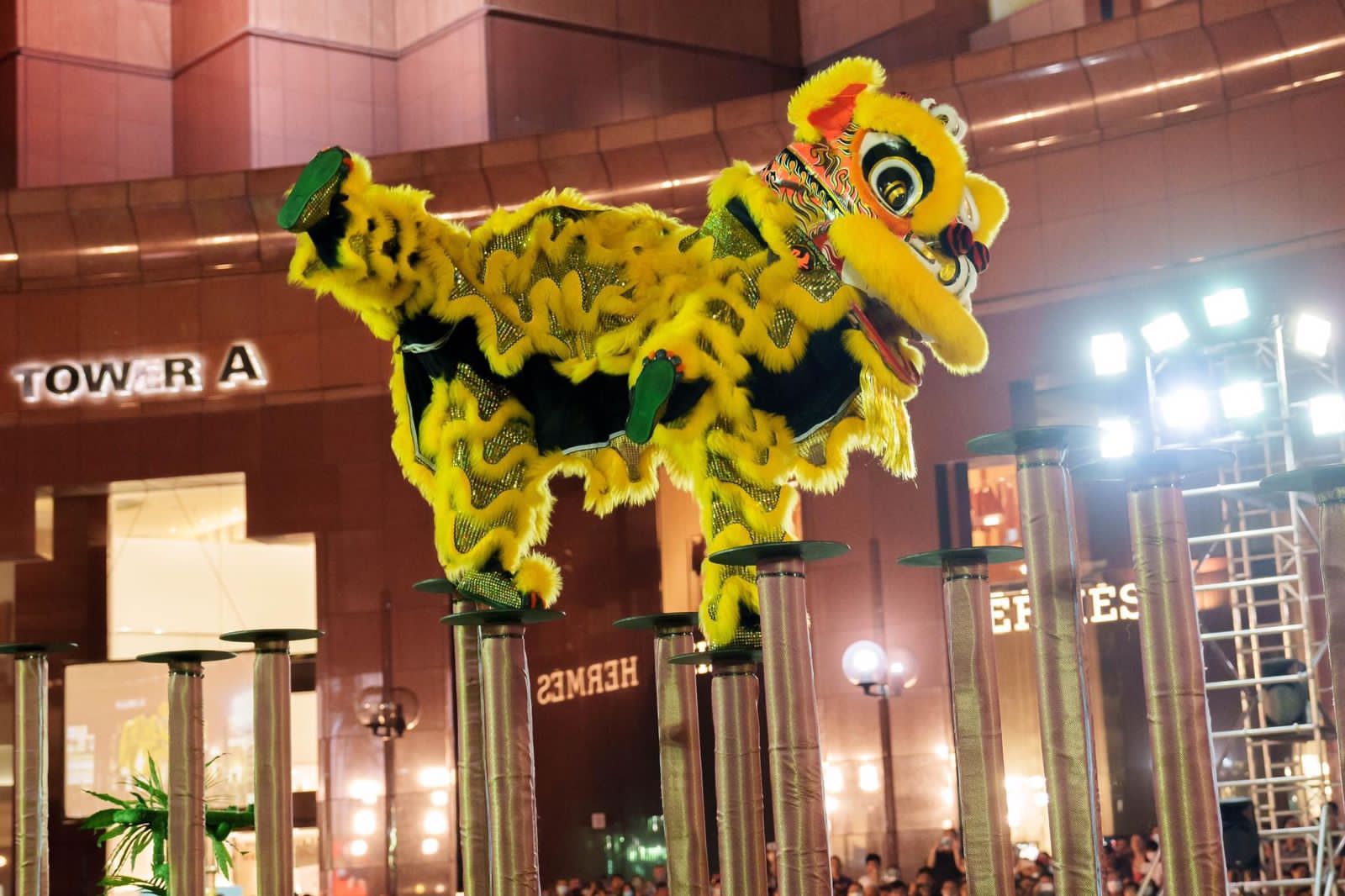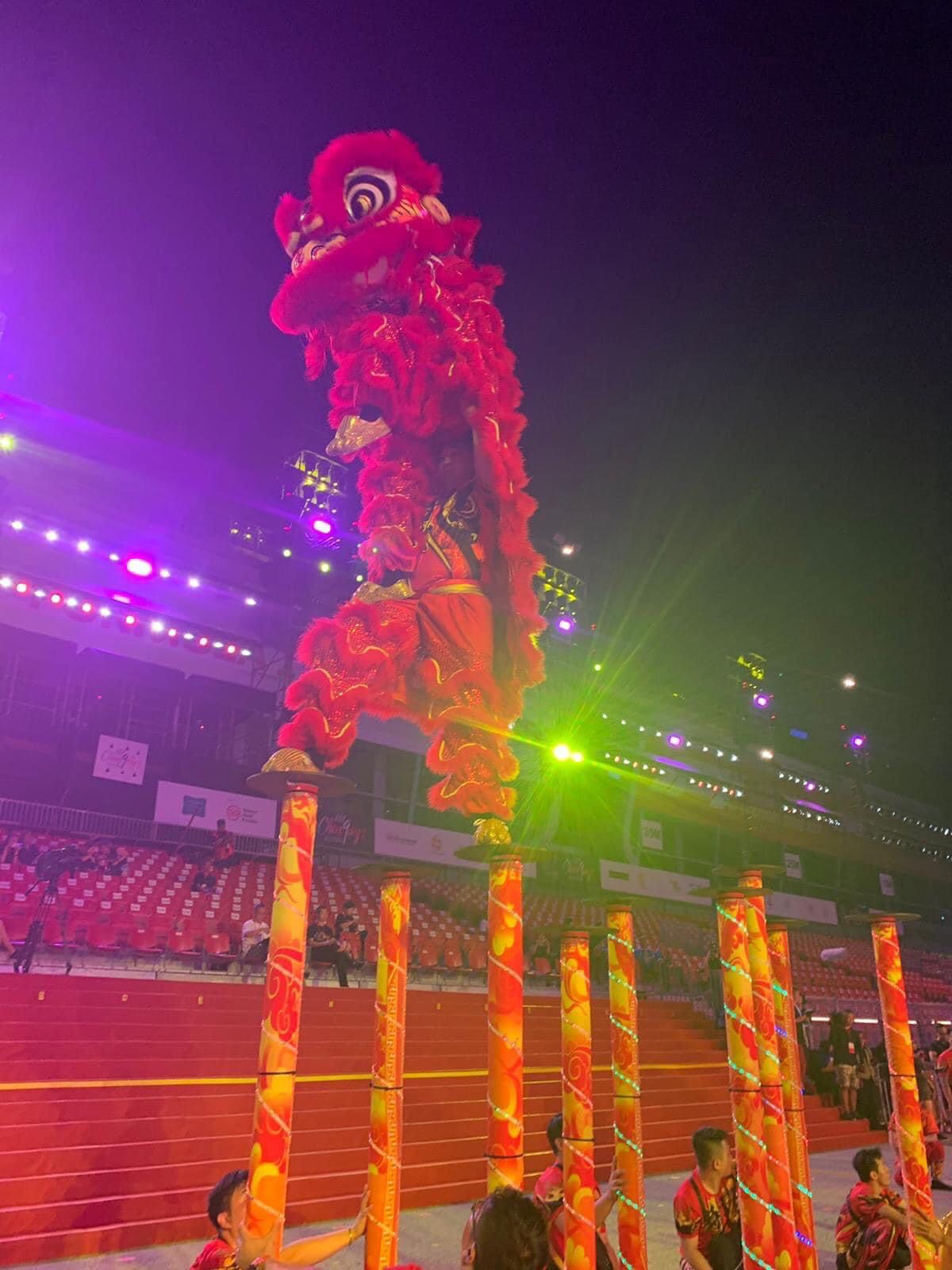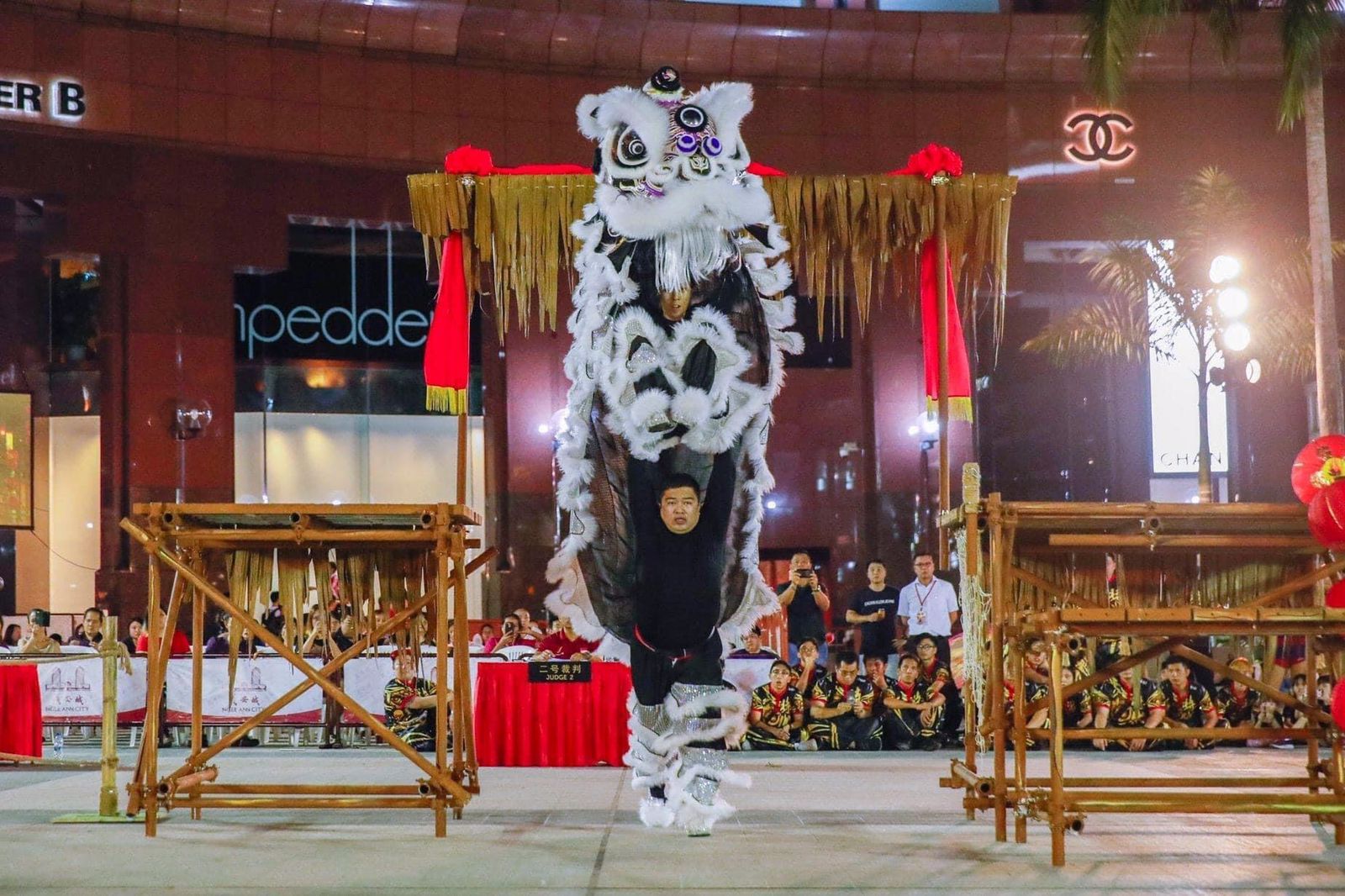Why is it Called Lion Dance? The Origins and Significance Explained by Bella Entertainment
Welcome to Bella Entertainment, your premier entertainment agency in Singapore specializing in traditional and culturally rich performances like the lion dance. The lion dance is a captivating spectacle that has been part of Chinese culture for centuries, but have you ever wondered why it is called the lion dance? In this comprehensive guide, we delve into the origins, cultural significance, and reasons behind the name, offering a deeper understanding of this iconic performance. Our aim is to provide you with engaging and informative content that answers your questions and enhances your appreciation of the lion dance.
The Origins of Lion Dance
Historical Background
The lion dance has a long and storied history that dates back over a thousand years. Its origins can be traced to ancient China, where it was performed during festivals and ceremonies to bring good luck and drive away evil spirits. The earliest recorded lion dances appeared during the Han Dynasty (206 BCE – 220 CE) and became more prominent during the Tang Dynasty (618 – 907 CE).
Mythological Beginnings
One popular legend attributes the creation of the lion dance to a mythical beast that terrorized villagers. According to the story, the villagers created a costume resembling the beast and used loud noises, firecrackers, and drumming to scare it away. This practice evolved into the lion dance we know today, symbolizing the triumph of good over evil.
Why is it Called Lion Dance?
The Lion in Chinese Culture
The name “lion dance” stems from the lion’s symbolic significance in Chinese culture. Despite lions not being native to China, they are revered as powerful and auspicious creatures. The lion is often associated with strength, courage, and protection. In Chinese mythology, lions are considered guardians that ward off evil spirits and bring good fortune.
Representation of the Lion
The dance is called the “lion dance” because the performers mimic the movements and behavior of a lion. The elaborate costumes, designed to resemble lions, and the dancers’ movements aim to capture the essence of the lion’s strength, agility, and playfulness. The performance involves intricate footwork, acrobatics, and coordinated movements that require skill and precision, all of which contribute to the lion-like appearance.
The Cultural Significance of Lion Dance
Symbol of Good Luck and Prosperity
Lion dances are performed to bring good luck and prosperity to events and celebrations. They are a staple at Chinese New Year festivities, weddings, business openings, and other significant occasions. The presence of the lion is believed to attract positive energy and drive away negative influences.
Celebration of Heritage
The lion dance is a vibrant expression of Chinese cultural heritage. It connects communities to their traditions and ancestors, preserving cultural practices and promoting cultural pride. Through performances, the lion dance fosters a sense of identity and continuity across generations.
Artistic and Athletic Display
The lion dance is not only culturally significant but also an impressive artistic and athletic display. Performers undergo rigorous training to master the dance’s complex movements and stunts. The coordination between the dancers, musicians, and choreographers highlights the artistry and discipline required to execute a successful performance.
Components of a Lion Dance Performance
A lion dance performance is a coordinated effort that involves several key components, each contributing to the overall spectacle.
The Lion Costume
The lion costume consists of two main parts: the head and the body. The head is often made from papier-mâché and bamboo, adorned with colorful decorations, fur, and mirrors. The body is crafted from fabric and designed to mimic the lion’s fur. Two performers operate the costume, with one controlling the head and the other managing the tail.
The Dance Movements
The dance movements are inspired by the lion’s natural behavior, including stalking, pouncing, and playful antics. Performers incorporate martial arts techniques and acrobatics to enhance the realism and excitement of the dance. The lion’s expressions are animated through the head performer’s control of the eyes, mouth, and ears.
The Music
Music is a crucial element of the lion dance, providing rhythm and energy to the performance. Traditional Chinese instruments, such as drums, cymbals, and gongs, are used to create a lively and dynamic soundtrack. The music’s tempo and intensity guide the lion’s movements and interactions with the audience.
The Drummers and Musicians
Musicians play an integral role in the lion dance, setting the pace and mood for the performance. The drum, known as the “da gu,” is the centerpiece of the musical ensemble, accompanied by cymbals (“bo”) and gongs (“luo”). The rhythmic patterns and beats are carefully coordinated with the dancers’ movements, creating a harmonious and exhilarating experience.
Different Styles of Lion Dance
There are two main styles of lion dance, each with its unique characteristics and regional influences.
Northern Lion Dance
The Northern Lion Dance originates from northern China and is characterized by its lifelike lion costumes and martial arts-inspired movements. The northern lion costume features a shaggy mane and resembles the traditional image of a lion. Performers often engage in playful and acrobatic displays, showcasing the lion’s agility and strength.
Southern Lion Dance
The Southern Lion Dance, originating from southern China, is known for its vibrant and decorative costumes, often adorned with bright colors and elaborate designs. The southern lion costume has a distinctive horned head and shorter mane. The dance movements are more symbolic and ritualistic, focusing on expressions and interactions with the environment, such as “plucking the greens” (cai qing) to bring good fortune.
Modern Adaptations and Performances
While the lion dance remains deeply rooted in tradition, modern adaptations have introduced new elements to the performance, making it even more engaging and versatile.
Contemporary Choreography
Some lion dance troupes incorporate contemporary choreography and themes into their performances. These adaptations blend traditional movements with modern dance techniques, creating a unique and dynamic fusion that appeals to diverse audiences.
Integration with Other Art Forms
Lion dance performances are sometimes integrated with other art forms, such as theater, music, and visual arts. These interdisciplinary collaborations expand the creative possibilities and offer fresh interpretations of the lion dance.
Technology and Special Effects
Advancements in technology have enabled the use of special effects, such as lighting, sound, and digital projections, to enhance lion dance performances. These innovations add a new dimension to the traditional art form, creating immersive and visually stunning experiences.
Why Choose Bella Entertainment for Your Lion Dance Performance?
Professional and Experienced Performers
Our team consists of highly skilled and experienced performers who are trained in traditional Chinese martial arts and lion dance choreography. We ensure that every performance is executed with precision and energy.
Customization Options
We offer a range of customization options to tailor the performance to your specific event needs. Whether it’s a corporate function, wedding, or festival, we can adapt our performance to enhance your event.
High-Quality Productions
Bella Entertainment is committed to delivering high-quality productions. We use authentic costumes, props, and musical instruments to create an immersive and captivating experience for your guests.
Seamless Coordination
From initial consultation to the day of the event, our team provides seamless coordination to ensure everything runs smoothly. We handle all logistics, allowing you to focus on enjoying the event.
How to Book a Lion Dance Performance with Bella Entertainment
Booking a lion dance performance with Bella Entertainment is simple and straightforward. Follow these steps to secure a spectacular performance for your event:
Step 1: Initial Consultation
- Contact Us: Reach out via phone, email, or our website to discuss your event details.
- Event Information: Provide information about the date, location, audience size, and any specific preferences or themes for the performance.
Step 2: Proposal and Customization
- Receive Proposal: We will send you a detailed proposal outlining the performance options, costs, and customization possibilities.
- Customize Performance: Work with our team to tailor the performance to your event’s needs.
Step 3: Booking Confirmation
- Review Proposal: Review the proposal and provide feedback. We will make any necessary adjustments to meet your requirements.
- Confirm Booking: Confirm your booking by signing the contract and making a deposit payment.
Step 4: Pre-Event Preparation
- Rehearsals: Our performers will conduct rehearsals to ensure a flawless performance.
- Coordination: We will coordinate with your event planners to integrate the performance seamlessly into your event schedule.
Step 5: Event Day Performance
- Setup and Preparation: Our team will arrive early to set up and prepare for the performance.
- Live Performance: Enjoy a spectacular lion dance performance that will captivate your audience.
- Post-Event Follow-Up: We value your feedback and will follow up after the event to ensure your complete satisfaction.
Testimonials from Our Clients
Michael T., Corporate Event Organizer:
“Bella Entertainment provided an outstanding lion dance performance for our company’s annual gala. The performers were professional, and the performance was a highlight of the evening. Highly recommended!”
Emily W., Wedding Planner:
“The lion dance at our client’s wedding was absolutely stunning. Bella Entertainment exceeded our expectations with their beautiful performance and seamless coordination.”
Frequently Asked Questions (FAQs)
Q: Why is it called a lion dance?
A: The performance is called a lion dance because the dancers mimic the movements and behavior of a lion, a creature revered in Chinese culture for its strength and auspicious symbolism.
Q: What is the cultural significance of the lion dance?
A: The lion dance is performed to bring good luck, ward off evil spirits, and celebrate cultural heritage. It is commonly seen at Chinese New Year, weddings, and other significant events.
Q: How many people are typically involved in a lion dance performance?
A: A standard lion dance performance typically involves 5-6 performers, including the lion head and tail performers and musicians. Larger performances can involve 10-15+ performers.
Q: Can the performance be customized to fit the theme of my event?
A: Yes, we offer customization options to tailor the performance to match your event’s theme and specific requirements.
Q: How far in advance should I book a lion dance performance?
A: We recommend booking at least 4-6 weeks in advance to ensure availability and allow ample time for customization and preparation.
Contact Us
Ready to book a lion dance performance for your event? Contact Bella Entertainment today for a consultation and let us help you create a memorable and exciting experience for your guests.



